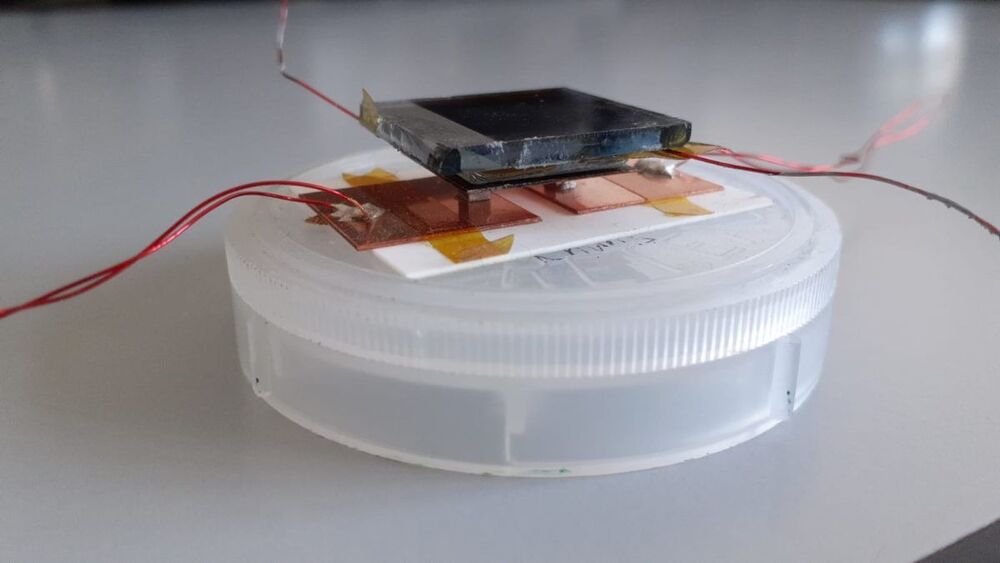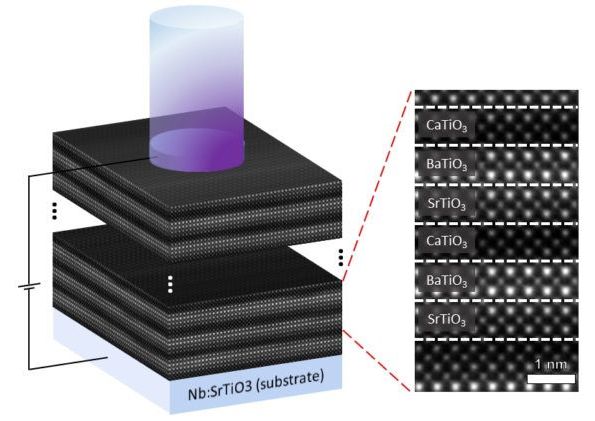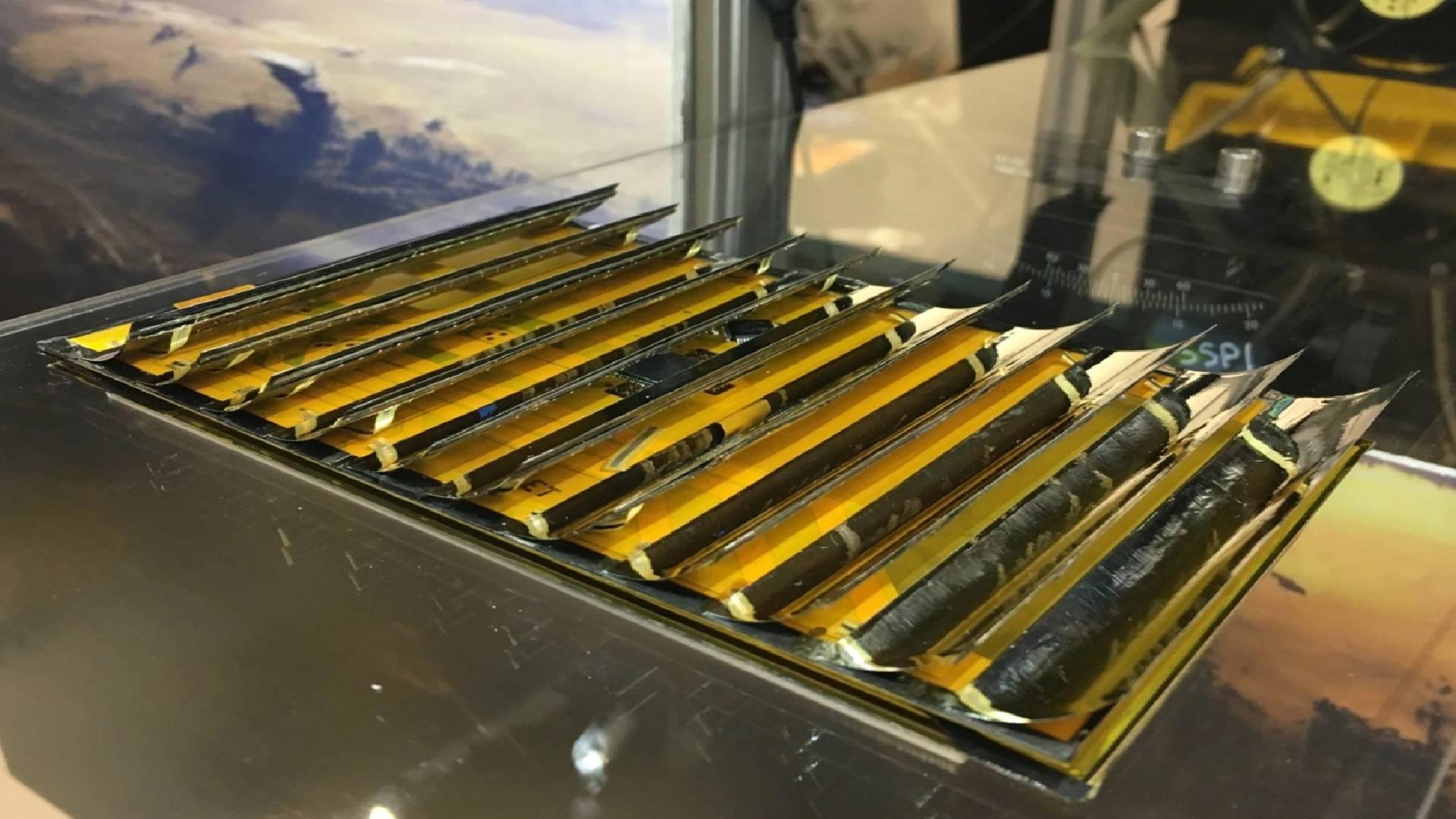Last month, Indiana’s Department of Transport (INDOT) announced a collaboration with Purdue University and German company Magment to test out whether cement with embedded magnetized particles could provide an affordable road-charging solution.
Most wireless vehicle charging technologies rely on a process known as inductive charging, where electricity pumped into a wire coil creates a magnetic field that can induce an electric current in any other nearby wire coil. The charging coils are installed at regular intervals under the road, and cars are fitted with a receiver coil that picks up the charge.
But installing thousands of miles of copper under the road is obviously fairly costly. Magment’s solution is to instead embed standard concrete with recycled ferrite particles, which are also able to generate a magnetic field but are considerably cheaper. The company claims its product can achieve transmission efficiency of up to 95 percent and can be built at “standard road-building installation costs.”








